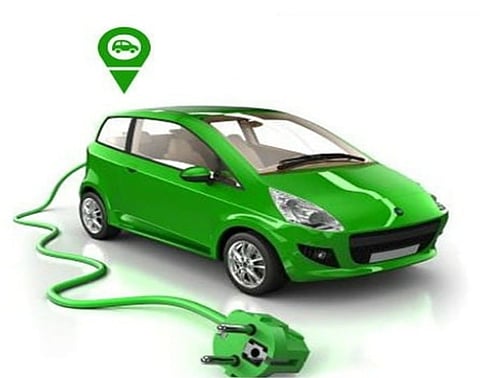
- Home
- Live Blog
- Breaking News
- Top Headlines
- Cities
- NE News
- Sentinel Media
- Sports
- Education
- Jobs

1897 was the year when Indian roads started to see cars. Up until the 1930s they were all imported units and indigenously produced cars were an alien concept. It wasn’t until 1942 and 1944 respectively, that indigenous brands like Hindustan Motors and Premier Automobiles made their debut. Since then, the Indian automotive market has grown exponentially into what it is today- the 6th largest passenger and commercial vehicle manufacturer in the world, as well as the 3rd largest passenger car exporter in Asia. Today, over 4 million units are produced nationwide. All those set of wheels naturally raises a concern that plagues the majority of Indian car owners today- running costs and fuel economy.
Back in the early 90s, when petrol prices hadn’t reached such astronomical proportions, it was still the most widely used fuel whereas diesel was a distant second and mostly limited to heavy commercial vehicles. Volume car manufacturers weren’t forced to make mileage their primary concern and owners were happier faces at the fuel stations. The scenario has vastly changed today as not only has diesel car sales caught up with petrol ones, alternative fuels have become the talk of the day. Fuels like LPG, CNG and electricity. While iconic Indian cars like the Hindustan Ambassador and Premier Padmini weren’t exactly frugal machines when it came to both fuel economy and emissions, modern Indian manufacturers like Maruti Suzuki, Tata and Mahindra are all taking big steps in adopting alternative fuels.
Most of the Indian car manufacturers have adopted LPG and/or CNG engine variants into their respective product portfolios. Most Indian cars today come with at least a diesel option across all segments, and LPG/CNG is becoming an equally popular option in the highest selling segment of the nation- B segment hatchbacks. Coming to electric powered cars, completely electric vehicles are still a distant niche, but electric hybrids like the Toyota Prius and Honda Insight are becoming more and more popular.
Maruti Suzuki the largest Indian car manufacturer accounts for almost half of the entire number of cars sold across segments. They already offer LPG/CNG variants in their most popular models like the Omni MPV and Wagon R hatchback. They have also been working extensively on a Multi Point Fuel Injection System for these alternative fuel engines. LPG and CNG engines are typically plagued by considerably lower power output than similar capacity petrol or even diesel engines. However, manufacturers who have adopted such engines say that with improvements in technology, the power difference would minimize. “Whatever drawbacks there were in terms of drop of power will not be there after this” says I.V Rao, managing executive officer at Maruti Suzuki, indicating the said MPFI system. Maruti Suzuki also has plans to have at least one alternative fuel model in every segment.
American car makers General Motors have made their foray into the Indian market for quite some time now, and their Chevrolet Beat and Spark are two of the best selling hatchbacks in the country. They are even more optimistic when it comes to eliminating the power difference between LPG and petrol engines. “If you’ve had a chance to drive the LPG, you can do a blind test where you press a button to switch from LPG to petrol and there’s no way you can tell the difference.” says Karl Slym, president and managing director of GM India. Chevrolet sells the LPG versions of Beat and Spark, as well as the Aveo sedan.
Hyundai plans to produce an electric powered variant of their immensely popular i10 hatchback in the near future, whereas Tata Motors have made waves with their electric powered Megapixel concept which is rumored to soon enter production. Mahindra have recently acquired the REVA group of electric automobiles and has big plans for a concept they’re calling the ‘e20’, an entirely electric powered city hatchback that is already in production. It is sourced from REVA’s electric motor expertise and ambitiously called ‘the future of mobility’ by Mahindra.
Alternative fuels may gradually become the only option if conventional fuels become such exorbitantly high priced. True, power problems and regulatory costs may plague LPG and CNG engines today and electric powered cars are still uncharted territory in India. But with time and effort from the manufacturers, these are sure to get ironed out in the long run. The only variable left in the equation is the acceptance of alternative fuel cars by volume customers. They are the ones who’ll truly decide whether green is indeed the new future of the Indian automobile industry.